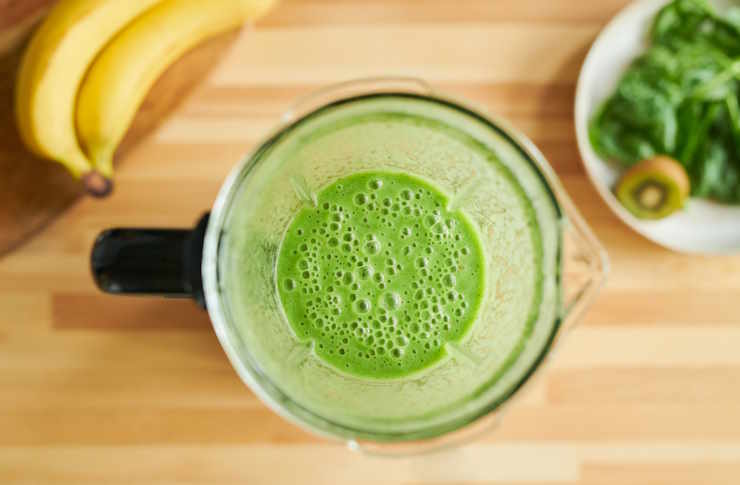Smoothies: How to Make Nutritious Fruit and Vegetable Drinks
Smoothies are blended beverages that combine whole or frozen fruit, vegetables, liquids and optional add-ins like seeds or yogurt to create a drinkable meal or snack. They’re convenient for busy days, adaptable to taste and dietary needs, and can be tailored for energy, recovery or simple hydration. A basic method is to layer liquids, soft ingredients, then frozen items in a blender and pulse until smooth.

This article is for informational purposes only and should not be considered medical advice. Please consult a qualified healthcare professional for personalized guidance and treatment.
What is a smoothie?
A smoothie is a thick, drinkable blend made by processing ingredients until smooth. Common bases include water, milk (dairy or plant), or juice; fruit and vegetables provide bulk and flavor; and add-ins like nut butter, oats, or protein powder change texture and nutrient profile. Smoothies differ from juices because they retain dietary fiber from whole produce. Texture, sweetness and calorie content vary widely depending on fruit choices, portion sizes and extras, so they can function as a light snack or a more substantial meal replacement.
Using fruit in smoothies
Fruit supplies natural sweetness, vitamins and aroma. Fresh fruit works well when ripe and soft; frozen fruit adds chill and thickens texture without watering the blend. Berries, bananas, mango, and peaches are popular choices that blend smoothly. Be mindful of portion sizes if you’re tracking sugars—one medium banana or a cup of mixed berries is a typical serving. Combining fruits with protein (yogurt, milk, or protein powder) and fiber (oats, chia) helps slow digestion and produces a more balanced smoothie that sustains energy longer than fruit alone.
Adding vegetables to smoothies
Vegetables increase vitamins, minerals and fiber with less sugar than many fruits. Mild greens like spinach and baby kale blend well and have a neutral taste when paired with sweet fruit. Root vegetables such as cooked carrot or beet add earthiness and color; cucumber and celery boost hydration. To avoid bitter or vegetal flavors, start with small amounts and balance with fruit, citrus, or a creamy base. Including vegetables can broaden nutrient diversity in a single drink, but aim for variety across different smoothies rather than loading every recipe with the same greens.
Choosing the right blender
Blender choice affects texture, speed and what you can include. Countertop blenders with 500–1000+ watts handle frozen fruit, ice and tough greens well and produce a smooth result. Personal or immersion blenders work for softer fruit and single servings but may struggle with ice and fibrous vegetables. Consider jar size for batch-making, ease of cleaning, and build quality. If you plan to blend daily or make thicker smoothies with seeds and nuts, prioritize a model with sufficient power and durable blades. Simple maintenance—soaking the jar and running with warm water and soap—keeps performance consistent.
Serving and storing your drink
Freshness is best: drink smoothies shortly after blending for optimal flavor and nutrient retention. If you must store them, keep in an airtight container in the refrigerator for up to 24 hours; separation is natural—shake or stir before drinking. For longer storage, freeze portions in bottles or ice cube trays and thaw in the fridge or reblend with a splash of liquid. Pay attention to food safety with dairy-based smoothies—use cold ingredients and refrigerate promptly. To extend satiety, include a source of protein and healthy fat (yogurt, nut butter, seeds) to balance the carbohydrate from fruit.
Conclusion
Smoothies offer a flexible way to combine fruit, vegetable and other nutritious components into a convenient drink. Thoughtful ingredient choices—balancing sweetness with protein, fiber and healthy fats—can create satisfying, varied options for different times of day. With the right blender and simple storage practices, smoothies can be an easy addition to routine meal planning without complex preparation.




